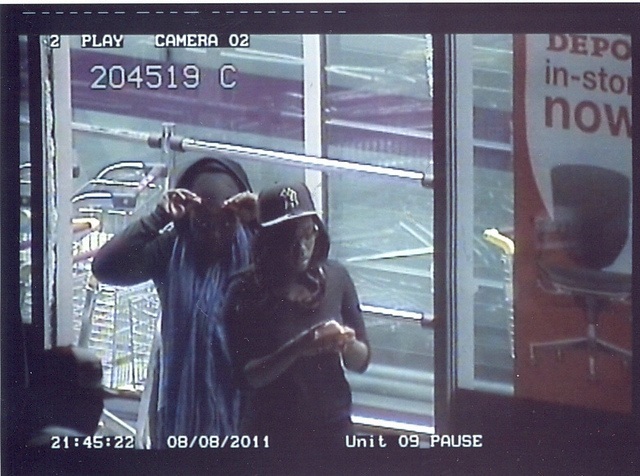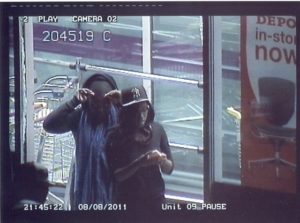
England’s riots: Using screens to fight the national lootery
August 10, 2011 by Dave Haynes
The riots and looting that have popped up around the UK since the weekend have been fascinating to follow from a safe distance. The acts are maddening, the implications disturbing and the aftermath heartbreaking for merchants and people who’ve seen their communities mindlessly ransacked.
It got me thinking about a couple of things as they relate to the digital signage sector.
First, could ANYTHING stand up to the crazed will and determination of a man-sized 16-year-old bent on destruction?
Doubt it. Out of curiosity, I looked at the websites of some of the companies that build enclosures and protective fascia for digital displays. The marketing language is more about being resistant to vandalism and tampering, as opposed to stopping it.
Even Corning’s Gorilla Glass hedges its assertions. There is a video on the Gorilla Glass website showing a baseball coming in at high-velocity and harmlessly bouncing off some 1 mm glass. But would that hold up against some witless kid in a hoodie banging away repeatedly with the end of a two by four stud? Probably not.
When you put your screens out in public spaces, probably the most you can do is limit the risk. If someone wants to destroy a screen, and there’s really no one around to stop that, the screen is doomed. I’d imagine anyone in the UK, and probably beyond, who has digital transit shelters and posters is watching the events in England unfold with some degree of unease.
Anyone who says that wouldn’t happen here is a little naive. Even in serene, economically stable Canada, a mob of idiot kids and young adults in Vancouver rioted after the local team lost a big hockey final.
The other thing that got me thinking is the role a vast content distribution network could play in dealing with these sorts of fast-moving, highly unpredictable situations.
First – Most networks can be updated on very short notice and the better platforms have triggers for safety and missing child alerts. Given what’s gone on, maybe public and business safety should be baked in. The messaging would need careful handling, but you could see the benefit of letting merchants and shoppers on a high street know trouble is brewing.
Second, it’s hyperlocal. The best networks out there are defined and targeted by geo-specific codes, meaning a whole city or region doesn’t need to be messaged on a disturbance. It’s easily localized.
Third, it’s getting ubiquitous. A Digital OOH network is a brilliant delivery model for finding or at least shaming the local yobs who were caught on cameras. In the wake of the rioting, police departments and enterprising individuals are posting images online of the faces of teens coming and going from picking up a few things at the ransacked shop. UK police departments are skirting around the innocent unless proven otherwise thing byreleasing photos of looters on Flickr and saying only that these are people they’d “like to speak to” concerning the incidents. Just imagine Mom in the local shop seeing her darling son on the screen, and storming home, steam venting from her ears.
Fourth, curated content. Even these idiotic kids have role models that earn some small shred of respect. But it’s wholly unlikely they consume mainstream media. The tweets and texts of rap, pop or football stars might actually resonate with these kids, who need someone – anyone – to suggest what they’re up to is wrong on every level.
This, of course, is all contingent on the screens not getting stolen or trashed. Crazy situation over there. I hope the worst is over.




Leave a comment